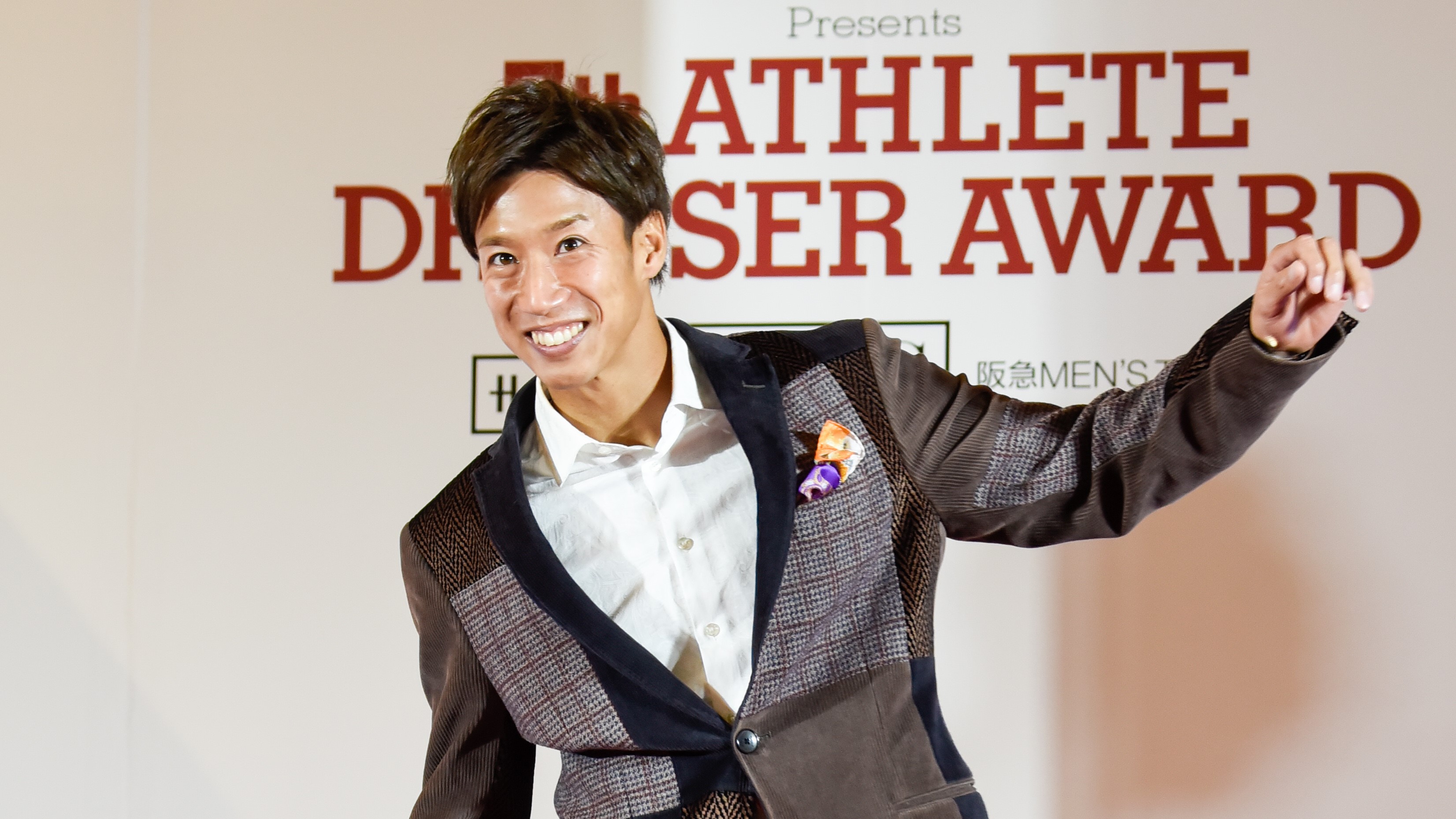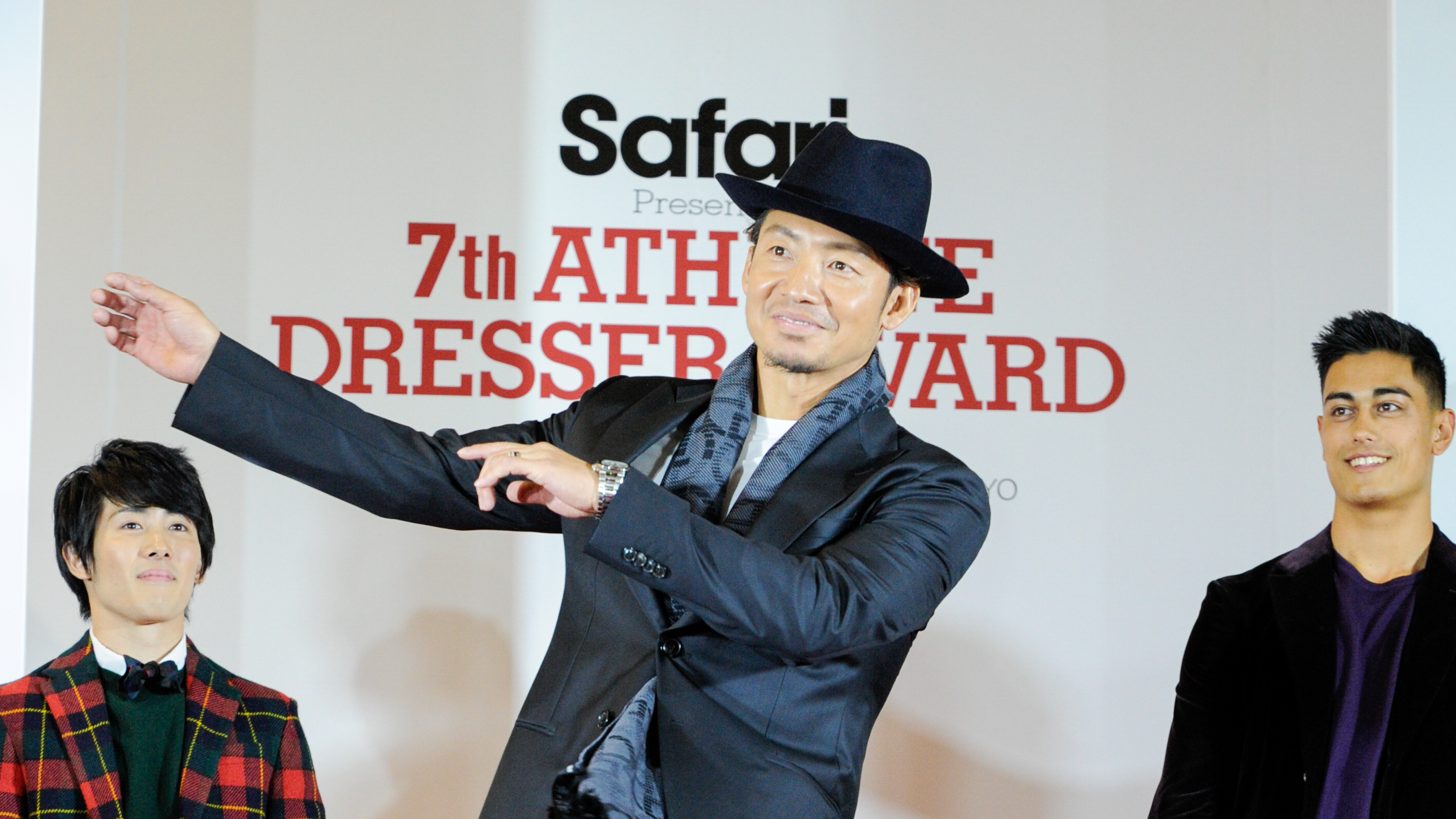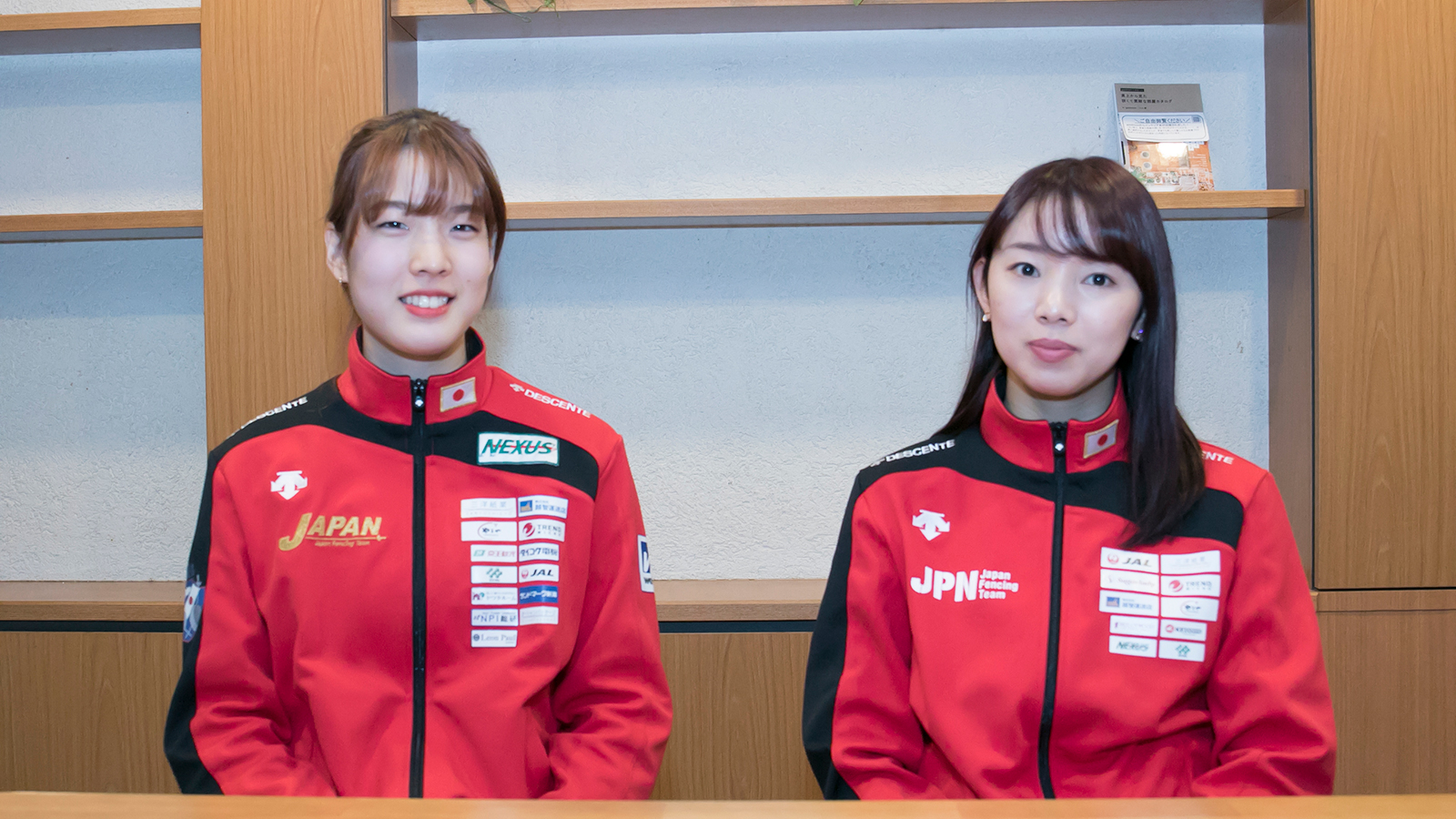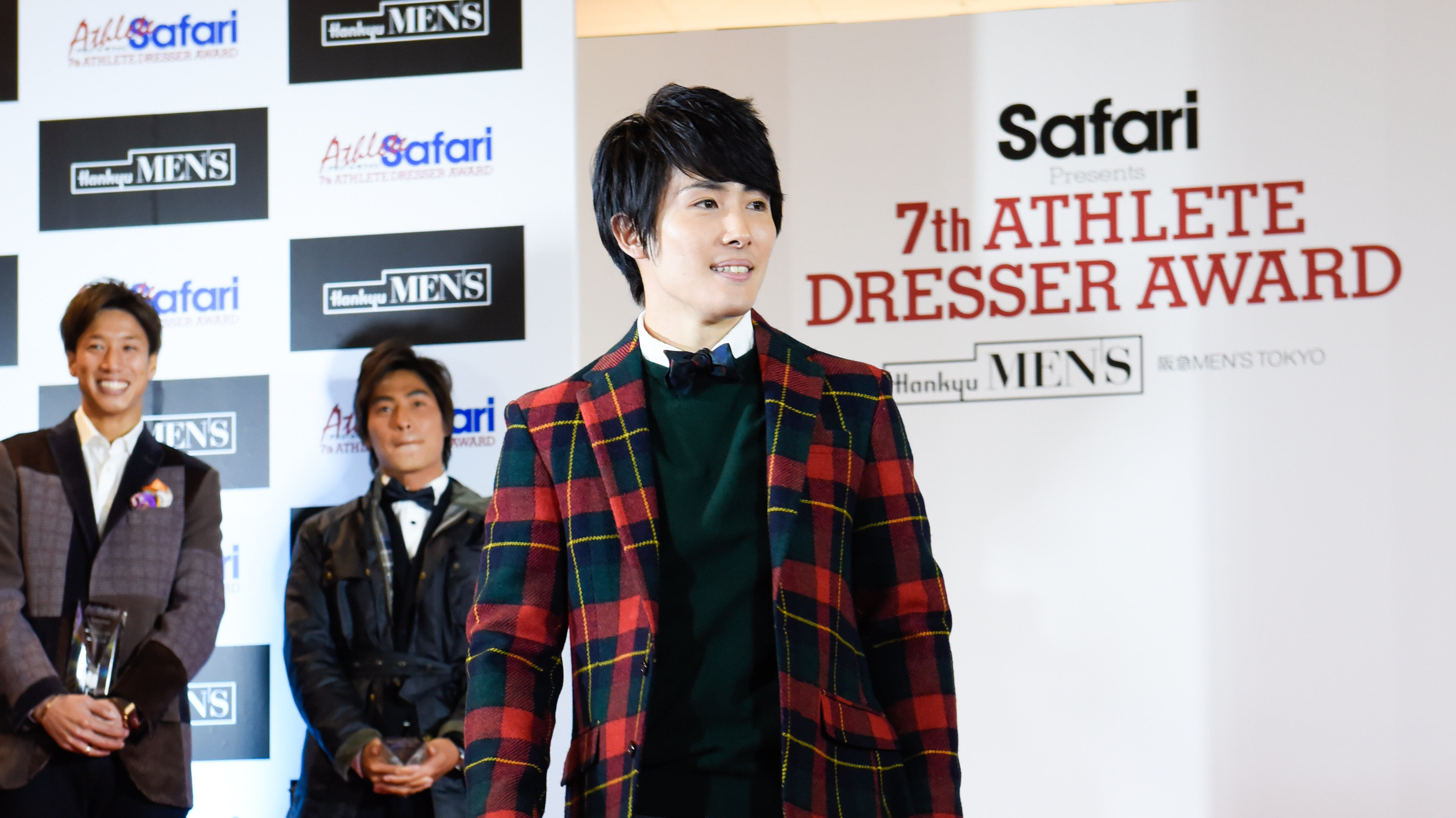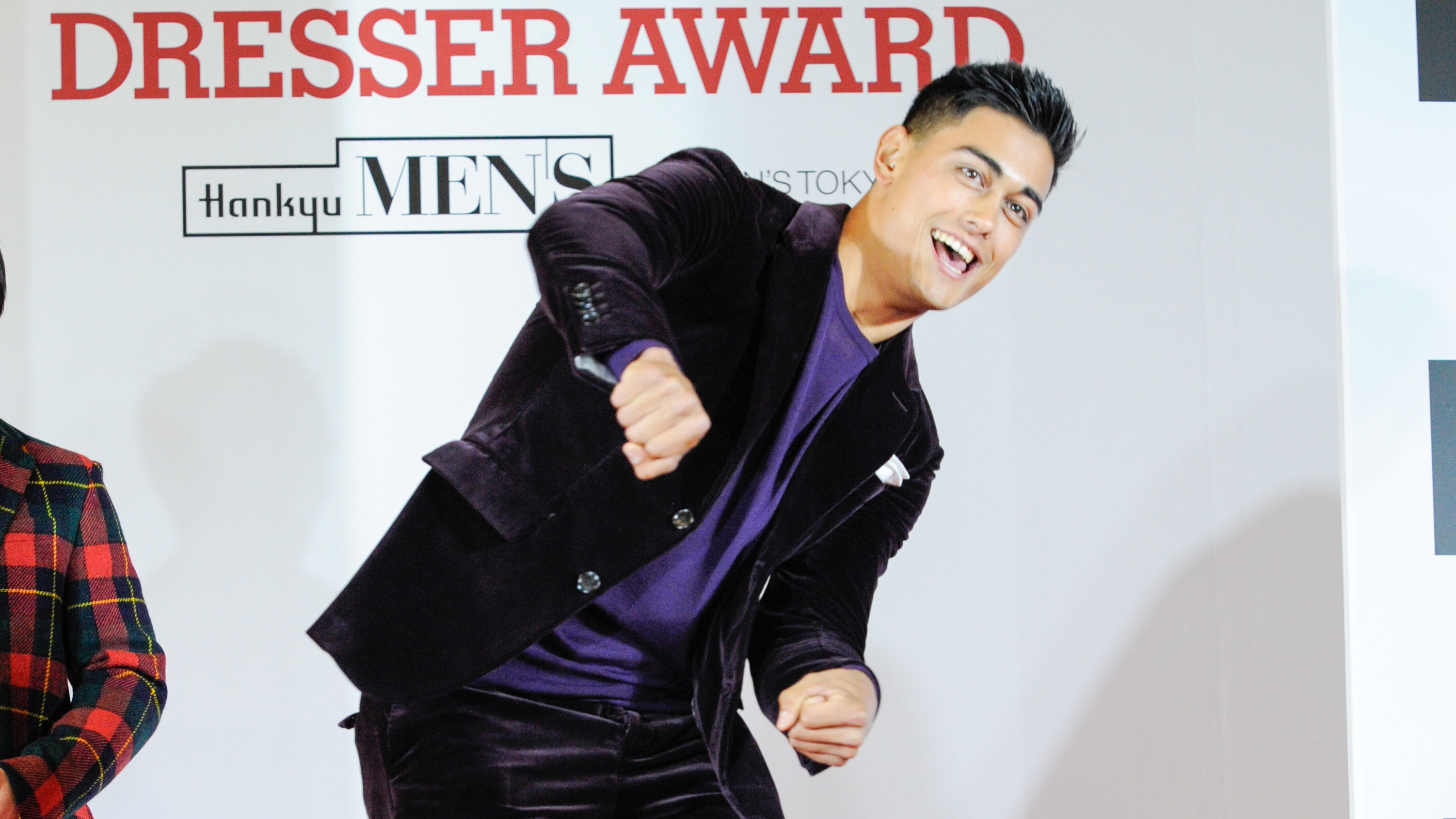
Historical spikes loved by heroes VOL.30 "High school championship in the latter half of the Showa period"
The Japanese soccer world changed drastically in the Heisei era, but the high school championship is still a winter tradition, and it is still exciting. Even at the end of the Showa era, when soccer was barren, this tournament was popular every year and was a longing stage for high school students. The battle to decide the top was held at the national stadium, and the soccer elite at that time was dynamic with unique spikes.
(I started spike blog.https://maradonaboots.com/)When I was in high school, the popularity of the high school championship was at its peak, and the national stadium was overcrowded in the match in which Shimizu Higashi 3 Hakara fought the final against Teikyo High School (the 1983 tournament in the opening photo). I miss the winter-dead turf and Teikyo-colored Yasuda spikes.
However, the day of the final was not always sunny, and there were years when it was heavy snow. It's too early to think that even the players in that tournament have few active players.
Shimizu Higashi High School won the 1982 tournament, but the national pitch condition was not good in both the semi-finals and finals, and the spikes were muddy.

Figure 1 82Annual high school championship final, Shimizu Higashi vs. Nirasaki (left). Left backward 2Players (I think Umeda and Mochizuki) and Oenoki on the right are Puma Trello (see here). http://king-gear.com/articles/736) I think I was wearing it. Umeda SB UmedaIt is a former director Shimizu Higashi who converted to. This is a close-up of Mochizuki, who I found by chance (https://www.s-pulse.co.jp/news/detail/38363/)。
By the way, I wrote about the development of Paramehiko before (http://king-gear.com/articles/774), The Paramehiko Revolution will occur at a certain tournament in high school soccer.
Figure 2 The top is a photograph of the finals of both the 1984 and 1986 tournaments. Below are probably all Paramehiko (or Mexican Light) except the 11th player. For the West German Puma Spike Fetish, the tension will not rise unless it is an image before the 1985 tournament.

Figure 211 belowThe turn Santos player was ASICS. 17Number, 8An enlarged view of the spikes of the number player is an inserted photo. The black socks player Puma above is a step star, see Figure 6 for details.Please refer to the.
I think Yasuda was the manufacturer that contributed most to the supply of color spikes at that time. It was revived by crowdfunding last year, and it seems that production will continue from now on.Makoto Teguramori, who was a favorite player of Yasuda at that time, was appointed as an ambassador. The Teguramori brothers in high school were the ace of Gonohe High School.

Figure 3 Gonohe High School's Yasuda Spike was a little plain, but it seems that it was a team color line. On the right is a limited edition Yasuda Spike obtained from crowdfunding. I can't use it because it's a waste, but I'd like to wear it if it continues to be made.

Figure 4At Sumitomo Metal, which was joined by all the brothers, they wore spikes from different manufacturers instead of Yasuda. Compared to high school, college, JSLI think that there were few players who used Yasuda Spike in. The two are Paramehiko (Hiroshi) and Copa SLIt seems that you were using (Makoto).
At that time, domestic and foreign national teams and top players rarely wore color spikes, and I think that the high school teams of Shizuoka Prefecture were all black spike players. However, not only at Teikyo High School, but also at high schools in other prefectures, there were many players who wore spikes that matched the team colors.
Shimabara Sho (Fig. 5, left. The photo is from Nagasaki Prefecture) and Osaka University of Commerce players often used black line spikes on white. I didn't remember much about Puma's color spikes, but at the Inter-High School Championships in 1986, a player from Aichi / Chukyo High School wore a red Puma (Is the base model Jasper?) (Center). The opponent of the final is Kunimi High School, and spikes (Yasuda) are quite flashy this summer, but in winter (Fig. 2, bottom), it seems that the number of Paramehiko users has increased dramatically.
On the right is Nagai's 2nd year junior Nakaguchi (Director MIO Biwako Shiga), who is familiar with King Gear from Kunimi High School.http://king-gear.com/articles/204) Has already been practiced (just when practicing).
 Figure 5 80Selected by Nagasaki Prefecture in the first half of the 1980s (left), 91Kunimi Nakaguchi (right) around the age.
86 in the centerYear Inter-High final, Kunimi vs. Chukyo match. MasterKomineAround the time when the director was transferred from Shimabara Sho to Kunimi High School, Kunimi suddenly became a nationwide powerhouse, and I felt the greatness of the director.
Figure 5 80Selected by Nagasaki Prefecture in the first half of the 1980s (left), 91Kunimi Nakaguchi (right) around the age.
86 in the centerYear Inter-High final, Kunimi vs. Chukyo match. MasterKomineAround the time when the director was transferred from Shimabara Sho to Kunimi High School, Kunimi suddenly became a nationwide powerhouse, and I felt the greatness of the director.
By the way, I am also interested in the old models of domestic manufacturers, but since the threshold is high for the collectors, I would like to introduce the products made in West Germany at this time. The spikes of the athlete wearing the puma on Figure 2 are step stars (Figure 6).
I think it was a model like the successor to Trello. The price was high, the sole was flashy, and I thought it wasn't a very popular model, but I occasionally saw it at home and abroad.
 Figure 6 The step star has a flashy red sole plastic that extends to the bottom of the soil.In the foreign version, "STEP STAR" is on the side"MARADONA" instead of ""It may be written as ".
Figure 6 The step star has a flashy red sole plastic that extends to the bottom of the soil.In the foreign version, "STEP STAR" is on the side"MARADONA" instead of ""It may be written as ".
Kurosaki (Fig. 7, left) also wore a step star in the 1986 Championship of the Paramehiko Revolution, and may have been quite a spike enthusiast. This year's championship had a fierce penalty shootout, but in this tournament Kurosaki's Utsunomiya Gakuen lost to Muroran Otani High School in a 14 to 15 penalty shootout.
Step star was rarely seen in the Japanese league, but it was used by Spanish and Portuguese players in 1984 EURO immediately after its appearance, and it seems that some people used it even in the 1986 World Cup.
 Figure 7From the left, Kurosaki and Gagego (Spain, 84)Year EURO), Klausen (Argentina, 86)Year WCup).
Figure 7From the left, Kurosaki and Gagego (Spain, 84)Year EURO), Klausen (Argentina, 86)Year WCup).
The fixed West German model, the Regaster, which appeared around the same time, was more minor. It was characterized by a fairly flashy sole that changed the common sense at the time, but it seemed that it was not well accepted, and few players wore it in international games. I barely found a player to use in the Brazilian photo of Kazu.
 Figure 8The sole of the Regaster had already been replaced with a different one when it was obtained (left).
Figure 8The sole of the Regaster had already been replaced with a different one when it was obtained (left).
The upper is similar to the Step Star, but the Step Star is kangaroo leather and this is a calf. The toe stitch pattern is also quite different. 11Kazu's spike is already like Paramehiko around this time.
Kazu's spike is Puma, but in the early days of Brazil it was ASICS. In addition, Mr. Paramehiko's Nakayama was also Adidas in the only championship (1984 tournament) in which he participated.
 Figure 9Nakayama (Fujieda Higashi)'s spike is French-made Iberica ..... Moreover, the studs are red. It's too astringent. Click here for Iberica (http://king-gear.com/articles/910)。
Figure 9Nakayama (Fujieda Higashi)'s spike is French-made Iberica ..... Moreover, the studs are red. It's too astringent. Click here for Iberica (http://king-gear.com/articles/910)。
It is said that the number of Japanese national team players from Shizuoka has decreased recently, but at that time it was a treasure trove of talent, and not only high school but also elementary school student Shimizu FC was a very strong team.
Figure 10 Left is the later star players from Shizuoka, and the photo on the right when the elementary school student on the front right became a high school student is on the right. It was Mr. Fujita (Seisho) of Mr. Copamun.The other elementary school student was Yoshihide Takahashi, who went on to Shimizu Higashi, and they were also teammates at the University of Tsukuba.
 Figure 10 84Interview article of the year-old boy soccer goal magazine. Fujita (at that time Shimizu FC) Has grown into a well-known player that does not need to be explained, and Takahashi next door is also JHe was active as a leaguer in Mito, Kyoto, etc. Fujita seems to have liked Kopamun from high school until he retired as a professional.
Figure 10 84Interview article of the year-old boy soccer goal magazine. Fujita (at that time Shimizu FC) Has grown into a well-known player that does not need to be explained, and Takahashi next door is also JHe was active as a leaguer in Mito, Kyoto, etc. Fujita seems to have liked Kopamun from high school until he retired as a professional.
When Fujita was in high school, Copamun had a blue tongue mark and a large trefoil mark on the heel (see also here). http://king-gear.com/articles/866)。

Figure 11The old Kopamun (bottom) that I recently obtained. What is the color of the tongue mark? Did the blue fade? Original color (light green?)? It is a model of mystery.
By the way, most referees in high school championships these days are paramehiko.Recently, I learned that Kumamoto's Kuroki is a Paramehiko user (https://www.instagram.com/p/Br_oE4IgMF2/). The teacher is Hiraoka who assisted the final point in the match in the opening photo.
(Photos are taken from soccer magazines, digests, eleven and Getty Images at that time)
Author Hiroaki Konishi's work click on the banner!
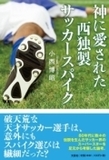
『West German soccer spike loved by God "
An article that considers the superstars of the soccer world who gave birth to numerous legends in the 1980s.
However, the day of the final was not always sunny, and there were years when it was heavy snow. It's too early to think that even the players in that tournament have few active players.
Shimizu Higashi High School won the 1982 tournament, but the national pitch condition was not good in both the semi-finals and finals, and the spikes were muddy.

Figure 1 82Annual high school championship final, Shimizu Higashi vs. Nirasaki (left). Left backward 2Players (I think Umeda and Mochizuki) and Oenoki on the right are Puma Trello (see here). http://king-gear.com/articles/736) I think I was wearing it. Umeda SB UmedaIt is a former director Shimizu Higashi who converted to. This is a close-up of Mochizuki, who I found by chance (https://www.s-pulse.co.jp/news/detail/38363/)。
By the way, I wrote about the development of Paramehiko before (http://king-gear.com/articles/774), The Paramehiko Revolution will occur at a certain tournament in high school soccer.
Figure 2 The top is a photograph of the finals of both the 1984 and 1986 tournaments. Below are probably all Paramehiko (or Mexican Light) except the 11th player. For the West German Puma Spike Fetish, the tension will not rise unless it is an image before the 1985 tournament.

Figure 211 belowThe turn Santos player was ASICS. 17Number, 8An enlarged view of the spikes of the number player is an inserted photo. The black socks player Puma above is a step star, see Figure 6 for details.Please refer to the.
I think Yasuda was the manufacturer that contributed most to the supply of color spikes at that time. It was revived by crowdfunding last year, and it seems that production will continue from now on.Makoto Teguramori, who was a favorite player of Yasuda at that time, was appointed as an ambassador. The Teguramori brothers in high school were the ace of Gonohe High School.

Figure 3 Gonohe High School's Yasuda Spike was a little plain, but it seems that it was a team color line. On the right is a limited edition Yasuda Spike obtained from crowdfunding. I can't use it because it's a waste, but I'd like to wear it if it continues to be made.

Figure 4At Sumitomo Metal, which was joined by all the brothers, they wore spikes from different manufacturers instead of Yasuda. Compared to high school, college, JSLI think that there were few players who used Yasuda Spike in. The two are Paramehiko (Hiroshi) and Copa SLIt seems that you were using (Makoto).
At that time, domestic and foreign national teams and top players rarely wore color spikes, and I think that the high school teams of Shizuoka Prefecture were all black spike players. However, not only at Teikyo High School, but also at high schools in other prefectures, there were many players who wore spikes that matched the team colors.
Shimabara Sho (Fig. 5, left. The photo is from Nagasaki Prefecture) and Osaka University of Commerce players often used black line spikes on white. I didn't remember much about Puma's color spikes, but at the Inter-High School Championships in 1986, a player from Aichi / Chukyo High School wore a red Puma (Is the base model Jasper?) (Center). The opponent of the final is Kunimi High School, and spikes (Yasuda) are quite flashy this summer, but in winter (Fig. 2, bottom), it seems that the number of Paramehiko users has increased dramatically.
On the right is Nagai's 2nd year junior Nakaguchi (Director MIO Biwako Shiga), who is familiar with King Gear from Kunimi High School.http://king-gear.com/articles/204) Has already been practiced (just when practicing).
 Figure 5 80Selected by Nagasaki Prefecture in the first half of the 1980s (left), 91Kunimi Nakaguchi (right) around the age.
86 in the centerYear Inter-High final, Kunimi vs. Chukyo match. MasterKomineAround the time when the director was transferred from Shimabara Sho to Kunimi High School, Kunimi suddenly became a nationwide powerhouse, and I felt the greatness of the director.
Figure 5 80Selected by Nagasaki Prefecture in the first half of the 1980s (left), 91Kunimi Nakaguchi (right) around the age.
86 in the centerYear Inter-High final, Kunimi vs. Chukyo match. MasterKomineAround the time when the director was transferred from Shimabara Sho to Kunimi High School, Kunimi suddenly became a nationwide powerhouse, and I felt the greatness of the director. By the way, I am also interested in the old models of domestic manufacturers, but since the threshold is high for the collectors, I would like to introduce the products made in West Germany at this time. The spikes of the athlete wearing the puma on Figure 2 are step stars (Figure 6).
I think it was a model like the successor to Trello. The price was high, the sole was flashy, and I thought it wasn't a very popular model, but I occasionally saw it at home and abroad.
 Figure 6 The step star has a flashy red sole plastic that extends to the bottom of the soil.In the foreign version, "STEP STAR" is on the side"MARADONA" instead of ""It may be written as ".
Figure 6 The step star has a flashy red sole plastic that extends to the bottom of the soil.In the foreign version, "STEP STAR" is on the side"MARADONA" instead of ""It may be written as ". Kurosaki (Fig. 7, left) also wore a step star in the 1986 Championship of the Paramehiko Revolution, and may have been quite a spike enthusiast. This year's championship had a fierce penalty shootout, but in this tournament Kurosaki's Utsunomiya Gakuen lost to Muroran Otani High School in a 14 to 15 penalty shootout.
Step star was rarely seen in the Japanese league, but it was used by Spanish and Portuguese players in 1984 EURO immediately after its appearance, and it seems that some people used it even in the 1986 World Cup.
 Figure 7From the left, Kurosaki and Gagego (Spain, 84)Year EURO), Klausen (Argentina, 86)Year WCup).
Figure 7From the left, Kurosaki and Gagego (Spain, 84)Year EURO), Klausen (Argentina, 86)Year WCup). The fixed West German model, the Regaster, which appeared around the same time, was more minor. It was characterized by a fairly flashy sole that changed the common sense at the time, but it seemed that it was not well accepted, and few players wore it in international games. I barely found a player to use in the Brazilian photo of Kazu.
 Figure 8The sole of the Regaster had already been replaced with a different one when it was obtained (left).
Figure 8The sole of the Regaster had already been replaced with a different one when it was obtained (left).The upper is similar to the Step Star, but the Step Star is kangaroo leather and this is a calf. The toe stitch pattern is also quite different. 11Kazu's spike is already like Paramehiko around this time.
Kazu's spike is Puma, but in the early days of Brazil it was ASICS. In addition, Mr. Paramehiko's Nakayama was also Adidas in the only championship (1984 tournament) in which he participated.
 Figure 9Nakayama (Fujieda Higashi)'s spike is French-made Iberica ..... Moreover, the studs are red. It's too astringent. Click here for Iberica (http://king-gear.com/articles/910)。
Figure 9Nakayama (Fujieda Higashi)'s spike is French-made Iberica ..... Moreover, the studs are red. It's too astringent. Click here for Iberica (http://king-gear.com/articles/910)。 It is said that the number of Japanese national team players from Shizuoka has decreased recently, but at that time it was a treasure trove of talent, and not only high school but also elementary school student Shimizu FC was a very strong team.
Figure 10 Left is the later star players from Shizuoka, and the photo on the right when the elementary school student on the front right became a high school student is on the right. It was Mr. Fujita (Seisho) of Mr. Copamun.The other elementary school student was Yoshihide Takahashi, who went on to Shimizu Higashi, and they were also teammates at the University of Tsukuba.
 Figure 10 84Interview article of the year-old boy soccer goal magazine. Fujita (at that time Shimizu FC) Has grown into a well-known player that does not need to be explained, and Takahashi next door is also JHe was active as a leaguer in Mito, Kyoto, etc. Fujita seems to have liked Kopamun from high school until he retired as a professional.
Figure 10 84Interview article of the year-old boy soccer goal magazine. Fujita (at that time Shimizu FC) Has grown into a well-known player that does not need to be explained, and Takahashi next door is also JHe was active as a leaguer in Mito, Kyoto, etc. Fujita seems to have liked Kopamun from high school until he retired as a professional. When Fujita was in high school, Copamun had a blue tongue mark and a large trefoil mark on the heel (see also here). http://king-gear.com/articles/866)。

Figure 11The old Kopamun (bottom) that I recently obtained. What is the color of the tongue mark? Did the blue fade? Original color (light green?)? It is a model of mystery.
By the way, most referees in high school championships these days are paramehiko.Recently, I learned that Kumamoto's Kuroki is a Paramehiko user (https://www.instagram.com/p/Br_oE4IgMF2/). The teacher is Hiraoka who assisted the final point in the match in the opening photo.
(Photos are taken from soccer magazines, digests, eleven and Getty Images at that time)
Author Hiroaki Konishi's work click on the banner!

『West German soccer spike loved by God "
An article that considers the superstars of the soccer world who gave birth to numerous legends in the 1980s.
